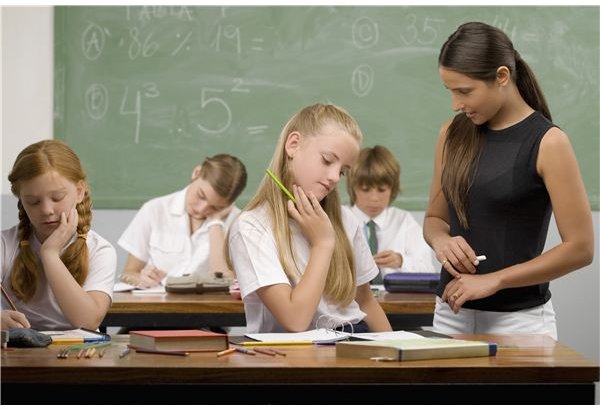Creating Effective IEP Goals Which Incorporate the Use of Assistive Technology
Assistive technology supports children with special needs and helps them achieve much more than they could achieve on their own. It
includes low-tech devices like modified chairs, a weighted pencil or a table lamp, and also high-tech devices like computers and communication devices. An assessment can help to decide which aids and devices may benefit the individual child best. However, without clear goals that define the use of these devices in the right context, it is difficult to evaluate its effectiveness. Moreover, if assistive aids and devices are not included in the overall IEP goals, it may not be used when it is really required.
Understanding Technology’s Role and Limitations
Before we establish goals for the child, we need to understand more about the specific device that the child is going to use. We also need to realize that assistive technology can make things easier for the child, but may not eliminate the difficulty altogether. Watching the child use these aids and devices will help to set realistic goals regarding the progress that you expect. Another thing we must keep in mind is that while these technologies may take care of one issue that interferes with performance, another issue may come up that still prevents the child from being completely successful. For example, a computer may help the child with poor hand function to write, but the child may be getting tired after ten minutes of typing, cutting short the writing time. Thus, we need to look at the overall picture and consider such limitations when setting these goals.
Writing IEPs for Assistive Technology
Defining the use of the assistive device:
When we make IEP goals which incorporate the use of assistive technology, this is one of the most important components. The role of the assistive device in the skill or behavior to be changed needs to be defined. For example, the child will maintain good posture while writing by sitting on a modified chair. Another example is, using a calculator, the child will do math assignments.
Defining Progress
Defining the progress that you expect at the end of the year can help to evaluate the effectiveness of the assistive device, and also the progress of the child. Level of performance can be defined in terms of time, quantity or overall results.
Examples of defining performance in terms of time are writing for ten minutes a day or sitting in the classroom for twenty minutes at a stretch.
Examples of defining performance through quantity is writing 20 pages, making 4 comments in classroom discussions or doing 20 math calculations a day.
Another way to define performance is by the overall result. Completing 50% of written assignments, writing a page with 80% accuracy and participating in 80% of the field trips are some examples.
Examples of Goals
Here are some sample IEP goals that integrate special aids and devices that you can use as a guideline:
-
Using a computer program with a spell checker - Sarah will compose a one-page paper with 80% accuracy in the use of punctuation, capitalization and grammar for 5 assignments in a grading period.
-
Using a book holder and page turner - Ben will read selected text in order to provide an oral response and thus demonstrate the ability to summarize and come to a conclusion with 80 % accuracy.
-
Using the modified computer and pre-programmed word banks in a picture-based word processor - Philip will complete 3 paragraphs of writing over 10 consecutive English periods.
Additional Tips
-
The aid or device is not the goal. For example, “Using a wheelchair in the classroom” is not a valid goal. The device is a tool to help a student to achieve functional outcomes.
-
The IEP is about the child, his routines, and performance expectations. The goals must focus on these, and not the type of assistive technology being used.
-
While writing the goal, do not focus on the name of the device, but on the activity or task that the child will perform with the device.
References
Center on Technology and Disability. Assistive Technology and the IEP.
National Assistive Technology Technical Assistance Partnership
